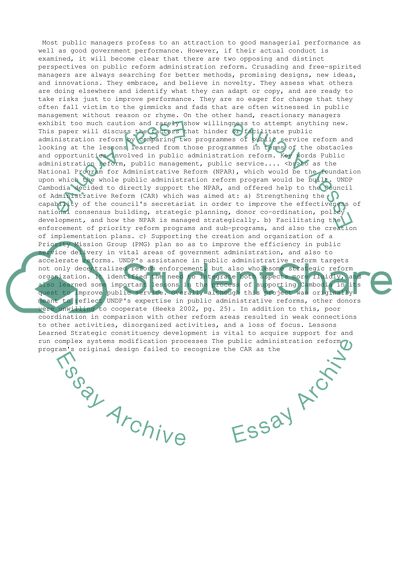Cite this document
(“Public Administration and Civil Service Reform UNDP Cambodia. Case Essay”, n.d.)
Retrieved from https://studentshare.org/management/1474949-what-hinders-and-what-facilitates-public
Retrieved from https://studentshare.org/management/1474949-what-hinders-and-what-facilitates-public
(Public Administration and Civil Service Reform UNDP Cambodia. Case Essay)
https://studentshare.org/management/1474949-what-hinders-and-what-facilitates-public.
https://studentshare.org/management/1474949-what-hinders-and-what-facilitates-public.
“Public Administration and Civil Service Reform UNDP Cambodia. Case Essay”, n.d. https://studentshare.org/management/1474949-what-hinders-and-what-facilitates-public.


